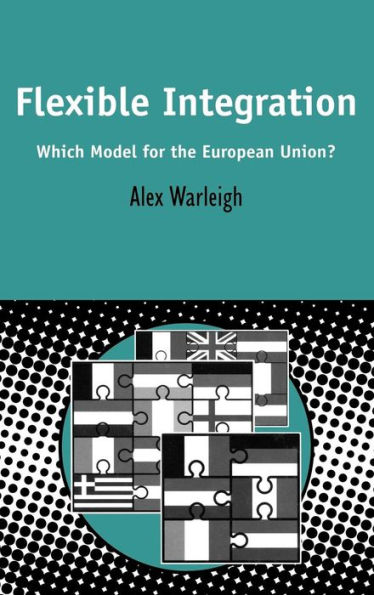5
1

Flexible Integration: Which Model for the European Union?
144
Flexible Integration: Which Model for the European Union?
144
245.0
In Stock

Product Details
| ISBN-13: | 9780826460929 |
|---|---|
| Publisher: | Bloomsbury Academic |
| Publication date: | 07/01/2002 |
| Series: | Contemporary European Studies , #15 |
| Pages: | 144 |
| Product dimensions: | 6.14(w) x 9.21(h) x 0.38(d) |
About the Author
From the B&N Reads Blog
